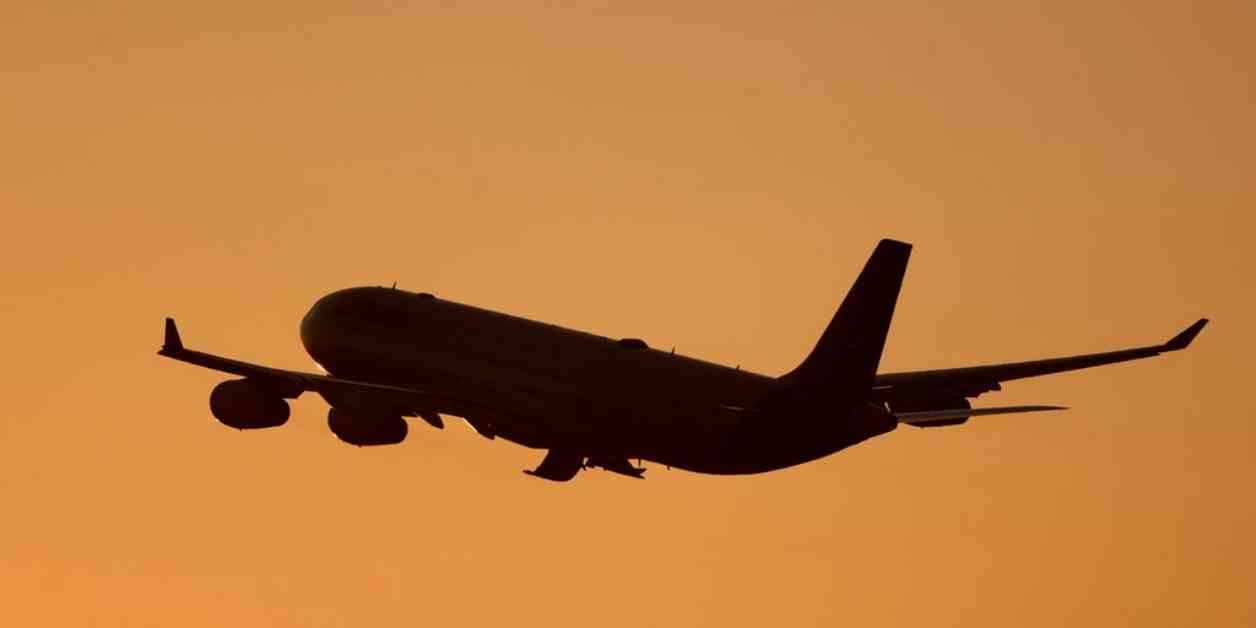Air turbulence is a common occurrence during flights, but what causes it? Turbulence is essentially unstable air that moves unpredictably. While many people associate turbulence with storms, the most dangerous type is clear-air turbulence, which is invisible and often occurs with no visible warning in the sky ahead. This type of turbulence is caused by wind shear, which happens when two large masses of air close to each other move at different speeds. If the speed difference is significant enough, the atmosphere breaks into turbulent patterns, similar to eddies in water.
Recently, a British man lost his life, and dozens of others were injured on a Singapore Airlines flight that encountered severe turbulence. Although turbulence-related fatalities are rare, injuries from in-flight turbulence have accumulated over the years. While most incidents are minor, airlines have been continuously improving safety measures to reduce accident rates. However, experts emphasize the importance of passengers remaining vigilant during flights and always wearing a seat belt as a primary form of protection.
Clear-air turbulence is most likely to occur in or near high-altitude rivers of air known as jet streams. The unpredictable nature of this type of turbulence makes it challenging to predict, making it crucial for passengers to be prepared at all times. While turbulence-related fatalities are uncommon, it is essential for passengers to follow safety instructions provided by airlines and remain seated with their seat belts fastened when advised to do so.
Understanding the causes of air turbulence can help passengers feel more informed and prepared when flying. By being aware of the different types of turbulence and how they are formed, passengers can take necessary precautions to ensure their safety during flights. Remember, wearing a seat belt is the simplest yet most effective way to protect yourself in the event of unexpected turbulence. Stay safe and informed whenever you travel by air.




